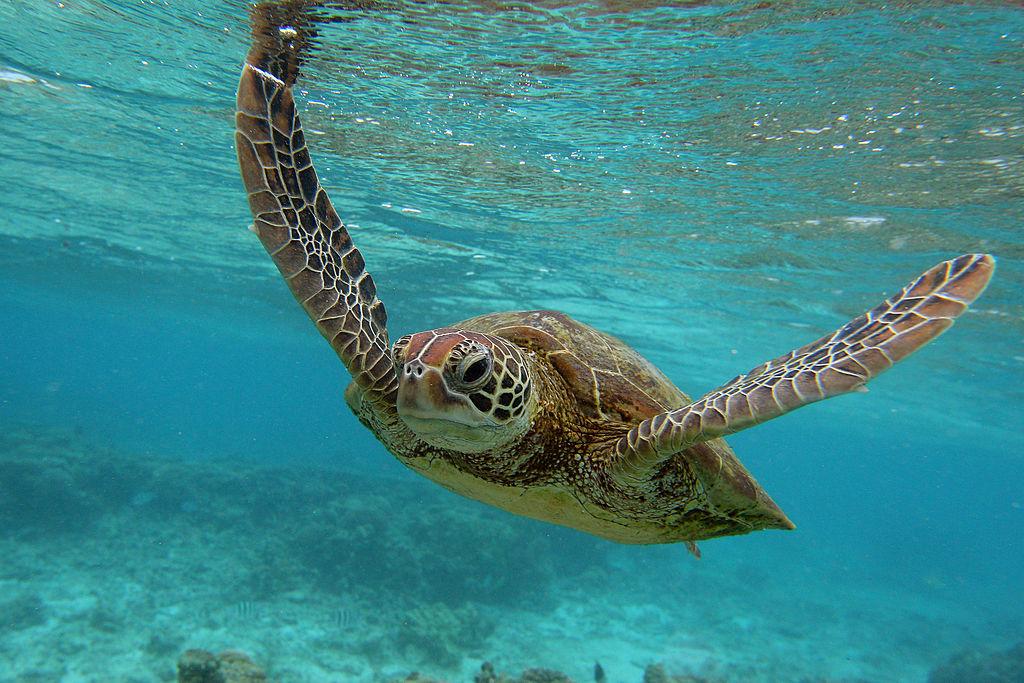Indigenous rangers and scientists utilising Artificial Intelligence (AI) to protect endangered sea turtles along the west coast of Queensland’s Cape York from predators have found that it is playing a vital role in stabilising the ecosystem.
CSIRO research scientist Dr Justin Perry, the project leader, is combining cloud and AI technology with traditional knowledge of the land to monitor the nesting grounds of endangered sea turtles. The project is a National Environmental Science Program (NESP) collaboration between CSIRO, Aak Puul Ngantam (APN) Cape York Indigenous Rangers and Microsoft.




